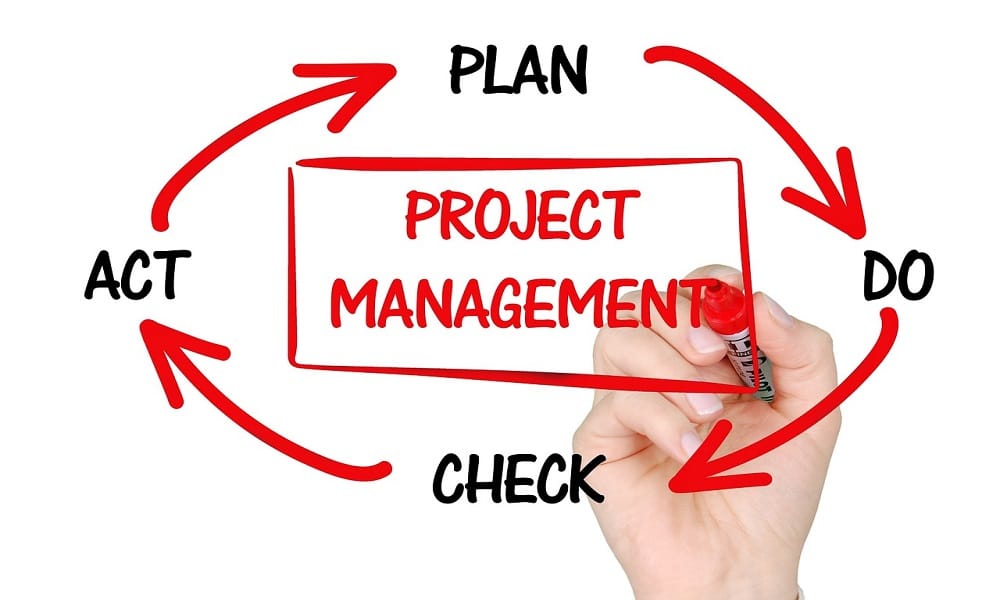Leading extensive projects can sometimes feel like trying to find your way through a labyrinth. Tackling assignments within timelines and under significant pressure highlights the importance of pinpointing key focus areas. In such cases, prioritizing some aspects over others not only boosts effectiveness but also amplifies output and reduces potential hazards. Utilizing different approaches enables teams to simplify procedures and attain positive results.
The smartest approach to this challenge is by managing project elements instead of everything at once. If you want to learn more about how to prioritize key elements in a large project, kepe reading.
Grasp the Scope of the Project
When we define the scope of a project from the start, it helps provide a direction by laying out the goals, tasks, and deliverables. This approach helps teams see what really matters. Understanding the scope helps avoid scope creep that can cause priorities to shift. Regularly reviewing the scope ensures that we stay on track with our goals and stay focused even as things change around us.
Consider the Parties Involved
Key players are crucial for the success of a project as they hold roles in it. Recognizing individuals with interests or sway in the project assists in determining task priorities. Early interaction with stakeholders enhances communication and comprehension of outcomes. Effective communication pathways promote teamwork. Maintain alignment among all parties for transparency and efficiency.
Explore the Eisenhower Matrix
The Eisenhower Matrix for project management provides a method for organizing tasks based on their urgency and importance levels into four quadrants—important; important but not urgent; urgent but not important; and neither urgent nor important. These categories help teams prioritize effectively by identifying which tasks require immediate action and which can be addressed later.
Establish Defined Goals
Having goals acts as a map for the team’s direction and decisions. Setting goals (measurable, achievable, relevant, and time-bound) helps in decision-making and ensures everyone knows their part in the overall plan. Regularly reviewing these objectives allows for monitoring progress and making adjustments to strategies.
Harness the Power of Technology
In the era of technological advancements, digital tools play a role in overseeing extensive projects. Software designed for project management assists in arranging tasks, monitoring advancements, and fostering collaboration. Leveraging these applications improves effectiveness by providing information and valuable perspectives. Choosing software customized to project requirements elevates the efficiency and output of work.
Risk Assessment
Managing risks and potential roadblocks is a crucial element in project planning. It helps teams prepare for challenges and develop backup strategies to keep projects on track without facing unnecessary delays or setbacks. This also eases the overall pressure on the team, as the possible bottlenecks are already out in the open.
Use Resources Effectively
Successful project outcomes are heavily influenced by how resources are managed and effectively allocated at the appropriate times and places. Human capital, materials, and finances are included in the mix of resources utilized for project execution purposes. Regularly evaluating resource availability aids in pinpointing shortages or excesses to facilitate prompt corrective measures when needed.
Put Communication First
Effective communication lies at the core of project management; promoting collaboration through transparent interactions among team members and stakeholders is crucial. Arranging regular check-ins and updates helps keep everyone in the loop about progress and potential challenges. Communication that is clear and effective reduces the likelihood of misunderstandings. Contributes to a seamless project implementation.
Explore Agile Practices
Agile approaches bring flexibility to project management by dividing projects into parts so that teams can easily adjust to changes. Additionally, feedback must be exchanged for improved strategies and responsiveness to evolving needs and expectations.
Monitor Consistently
Consistent monitoring and assessment play a key role in ensuring that projects stay on track as intended. Setting up performance indicators (or KPIs) offers goals against which to measure success. Frequent evaluations pinpoint areas that can be enhanced or refined promptly. This ongoing feedback system nurtures a culture focused on growth and advancement, ultimately boosting project results.
In Summary
To successfully manage projects well, it’s essential to prioritize aspects through thoughtful planning and efficient implementation techniques. These include understanding the project scope and involving stakeholders effectively, utilizing technology smartly, and promoting teamwork to enable smooth navigation through challenging projects. This ensures that projects stay on track, producing favorable results that are in-line with the main objectives. Highlighting these key areas improves project results and encourages a culture of ongoing growth and creativity.


